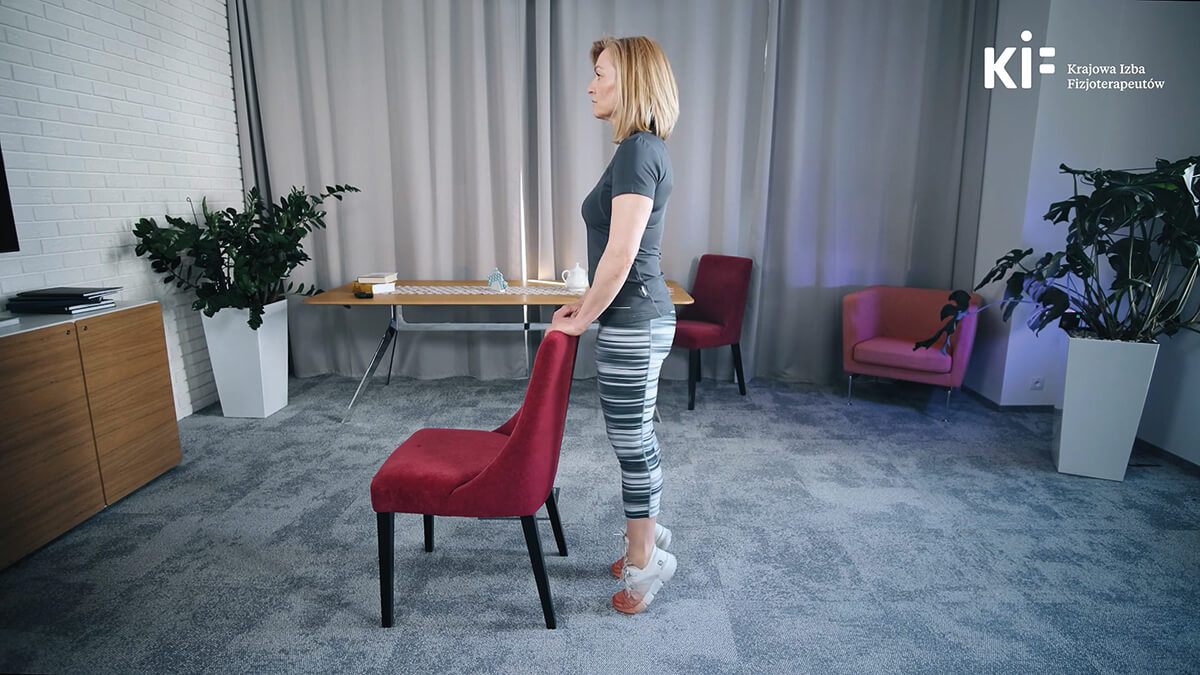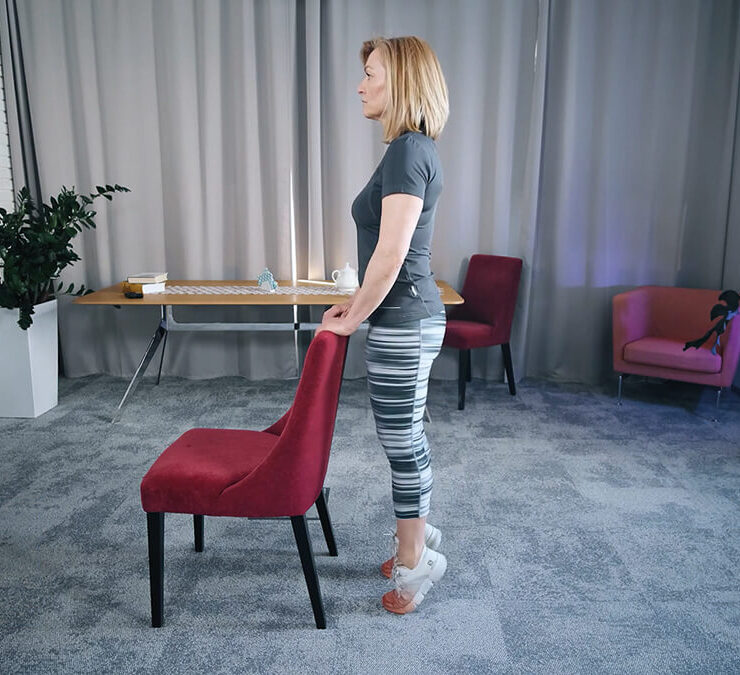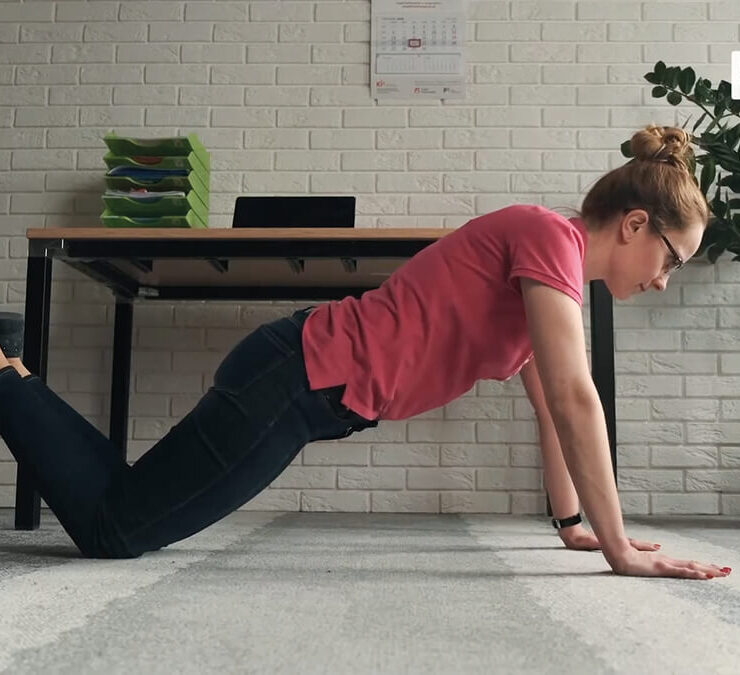Adiunkt w Zakładzie Fizjoterapii Uniwersytetu Medycznego w Poznaniu, kieruje Zespołem…


How important is physiotherapeutic prevention today?
When the act on the profession of physiotherapist came into force, physiotherapeutic prevention became our formal obligation. Until that moment, physiotherapists did engage in physiotherapeutic prevention activities to a significant extent without caring about giving formal names to certain activities they performed – after all this is what the popularisation of healthy life style, so characteristic of our work, is. We significantly contribute to preventing or decreasing disability and improving the physical capacity of people of different ages by shaping and sustaining their fitness. Provisions to that effect were included in the act, which stressed that engaging in physiotherapeutic prevention is one of health services to be delivered by physiotherapists.
Definition adjusted to the reality
Someone may ask: why do we need these provisions, if we do it anyway? Personally, I treat this provision in the act as the sanctioning and emphasising of our role – as individuals who exercise a medical profession – in the health care system in our country. Therefore when creating the definition of physiotherapeutic prevention and its division, we assumed at our Prophylactic Physiotherapy Team that it should fit within the divisions already existing in the public administration and also be in line with the distinctions present in other areas of medicine. Thus, following the discussion among the Team members and the members of the National Council of Physiotherapists, the definition of physiotherapeutic prevention and its division as laid out in the resolution of 16 May 2019 (see page 6) was adopted.
Tasks of the Prophylactic Physiotherapy Team
The main aim of the appointed Prophylactic Physiotherapy Team was to create a definition and develop the division and scope of the delivery of physiotherapeutic prevention, followed by the development of physiotherapeutic prevention programmes that can contribute to restructuring the currently delivered physiotherapeutic services. We can mention here work in the area of diagnostics and treatment of body posture disorders and mild scoliosis, programmes related to physiotherapist postnatal checks or urinary incontinence and improvement of the life quality of affected women and men as well as development of a preventive programme to decrease the risk of falls among the elderly.
This work is very time consuming and requires dozens of hours of talks between us and experts. It touches upon clinical details and many analyses of scientific evidence.
We participate in numerous intersectoral meetings and talks, where as the Team members we inform external stakeholders what a physiotherapist deals with and which areas of health care and prophylaxis he/she is engaged in. Moreover, representing our governing organisation, the Team members participate in scientific and education events, disseminate knowledge about the role and importance of physiotherapeutic prevention and propagate information about the activities of the KIF and the Team in the physiotherapeutic community, among other medical professions, patients and general public.
“Compendium of physiotherapeutic prevention”
As can be seen, the activities of our Team are in line with a wide information campaign related to the recognition of physiotherapists’ competencies. In order to raise awareness among a wider audience – including decision makers in the public administration – of our skills and capabilities, we have prepared a scientific monograph on physiotherapeutic prevention. Over one-year-and-a-half work, which involved 31 specialists from 18 centres, resulted in the publication of “Compendium of physiotherapeutic prevention” edited by Dr Marta Podhorecka and me. The publication gathered examples of physiotherapeutic prevention activities pursued in various areas of medicine.
Physiotherapeutic prevention during the pandemic
For all of us, this year was like nothing we have experienced before. Many of us gave up physical activity. However, we should not forget that regular exercise contributes to the improvement of the functioning of the immune system and allows an individual to maintain better physical fitness, reduces the risk of the occurrence of numerous chronic diseases, but also improves cognitive capabilities. Therefore, we should make sure that we prevent the negative impact of immobility on ourselves and our patients.
In November 2020, the World Health Organisation published new recommendations on physical activity. According to them, adults should perform moderate intensity physical activity for 150–300 minutes a week or high intensity physical activity for 75–150 minutes. Children and youth should have an average of 60 minutes of daily activity of moderate or high aerobic intensity. We can exercise in various venues, in public space, in parks and garden squares. We should reduce the effects of immobility by exercising twice a week or more often. The importance of exercise is huge!
We should be active at any age. For the elderly, a prophylactic programme “Active senior” was developed by the National Chamber of Physiotherapists and the Ministry of Health with an active contribution from a member of our Team – Marta Podhorecka. It is worth being shown to older patients! Children and youth, who spend most of their time in front of the computer, also should be encouraged to exercise. In this case, it is very important for a young patient to have support from his/her family – it will be much easier to encourage him/her to exercise if his/her parents will be a role model in that.
An important role of physiotherapists
Physiotherapists are individuals who know how to assess the health condition and level of activity and how to match proper exercises so that the process of improving physical capacity was both optimal and safe. Bearing in mind the risks of an uncontrolled “burst” of exercising, the role of physiotherapists will be to show patients and people with lower level of physical activity due to the pandemic what and how to do to make sure that the return to a better physical form is free from dangerous complications. This wise guidance will be important for patients who avoided infection but even more so for people who experienced COVID-19 infection. How fast full physical fitness is regained after illness will depend on the patient’s clinical state. While those who have had a severe form of the disease, were hospitalised, are aware of this fact, some of us – especially those who perhaps don’t know that they were ill – may be oblivious to the potential risks of increased level of physical activity. Therefore I think that the role of physiotherapists, as representatives of medical professions, will also be to support patients in the diagnostic of health condition and planning of physical activity so as to guarantee the safest return to a good physical form.
Daj znać, co sądzisz o tym artykule :)
Adiunkt w Zakładzie Fizjoterapii Uniwersytetu Medycznego w Poznaniu, kieruje Zespołem Nauk o Sporcie w Rehasport Clinic, klinice należącej do elitarnej sieci FIFA Medical Centre of Excellence oraz Zespołem Badawczo-Naukowym ds. Piłki Kobiecej PZPN. Przewodnicząca Zespołu Tematycznego KIF ds. Fizjoprofilaktyki.








